Insider trading, also referred to as ‘insider dealing,’ is strictly prohibited under the EU’s Market Abuse Regulation. Article 14 of the regulation explicitly states that:
“A person shall not:
- Engage or attempt to engage in insider dealing;
- Recommend that another person engage in insider dealing or induce another person to engage in insider dealing.”
Insider trading is the act of using specific, material non-public information about financial instruments that, if widely reported, would affect the market price of that financial instrument, to inform investment decisions for a reasonable investor. Businesses and insiders with access to such information have a duty to maintain the confidentiality of that information or face sanctions of up to €5,000,000 for natural persons and as much as €15,000,000 or 15% of total annual turnover for legal entities.
For this reason, many organisations choose to implement insider trading rules for employees so that they do not face compliance issues in the future. This article looks at the types of inside information your company may possess and advice on how to develop a set of guidelines to prevent your insiders from breaking the law.
1. Why establish insider trading rules?
There are a number of reasons why establishing insider trading rules benefits your business. They include:
- Promoting employee awareness of their obligations under the law. MAR requires companies to inform insiders of their responsibilities once they become insiders, but by putting rules in place before they have access to inside information, you help to prepare them more thoroughly.
- Maintaining compliance for the business. With such significant sanctions in place for contraventions of the law, it is important to put in place measures to prevent illegal activity.
- Protecting the company’s reputation. A business that fails to prevent market abuse can lose the trust of partners, clients and customers. In addition, if the inside information involves the financial instrument of a client, this conflict of interest can damage the relationship between the two businesses.
- Ensuring the integrity of the market. The overarching aim of MAR is to create a level playing field for investors on the markets of the EU. Placing obligations on employees over the way they deal with inside information maintains fairness by preventing those with an unfair advantage from investing or divesting in affected financial instruments.
2. Types of insider information
Inside information is any specific and material confidential information that could give the insider an advantage over the market. This includes a wide range of sensitive details that individuals may gain knowledge about in the course of their day-to-day work. Below are some examples of inside information your employees may stumble upon. Understanding the situations that could lead to unlawful insider trading helps you create focused and effective rules.
| Type |
Explanation |
| Financial information |
When employees access information including unreleased earnings reports, forecasts and financial statements. If these suggest unexpectedly good or bad performance, they count as inside information because they could significantly raise or lower the price of company securities. |
| Mergers and acquisitions |
Gaining access to information about an impending takeover either of or by the company or mergers with other businesses could suggest the share price might rise on public release. Conversely, news of significant divestitures would have the opposite effect. |
| Product launches and developments |
If the public is not aware of a new range of products that the company is set to launch, advanced technologies it is about to implement or similar details, this can constitute inside information. |
| Corporate restructuring |
Internal plans relating to adjustments to the way in which the company operates could lead to a reaction from the market if they were to become common knowledge. This includes layoffs, changes to leadership on the board of directors and company reorganisations. |
| Legal matters |
The news of pending lawsuits for the company, settlements it has entered into and any actions taken by regulators could diminish trust in the business once widely reported, meaning that prior knowledge of these events would be classed as inside information. |
| Market sensitive information |
Non-public information about changes to the company’s strategy or pending major contracts could boost the market sentiment towards the business when reported. However, details of supply chain issues or the failure to gain licences needed for some business operations would have the opposite effect and reduce stock prices. |
3. How to develop insider trading rules for employees
Here are some guidelines for creating insider trading rules that will help you embed a compliance culture within your organisation.
3.1 Define insider trading and its legal implications
It is easy to forget that, without a formal set of rules in place, your employees might not understand what insider information is, what their obligations are under insider trading laws and the repercussions for carrying out unlawful insider trading. If they are unaware, they might think that basing an investment decision on such information is acceptable.
This is why your rules should begin with the definition of insider trading per MAR. Outline ways to identify insider information and the sanctions in place for those carrying out insider dealing or unlawfully distributing inside information to others.
This way, your employees know the correct course of action and cannot claim they did not understand the law and the reasons behind it.
3.2 Outline employee responsibilities and restrictions
Set out the process for managing inside information as soon as it becomes classified and public disclosure is delayed and explain how employees must act when they gain access to inside information. This clarifies everyone’s responsibilities and what they can and cannot do once they become outsiders.
Describe the way the process works:
- The decision is made to delay disclosure of inside information, in accordance with the criteria for doing so legally.
- The company creates an insider list in accordance with ESMA’s format.
- The company contacts all insiders to inform them of their presence on the list, ask them to fill in their personal information on the list and to remind them of their obligations not to use the information to inform investments, not to encourage others to commit insider trading and not to unlawfully distribute the information to other parties.
- The insider list is closed when the information becomes public or it ceases to exist.
3.3 Create guidelines for managing sensitive data
In addition to telling employees not to reveal inside information, you should establish clear, actionable rules for the possession of material non-public, market-sensitive information. This will help set the disclosure requirements and prevent the misuse or accidental communication of that information by the employee.
It could include avoiding discussion of the information in public places or within earshot of non-insider colleagues. You could put in place secure communication channels on which to discuss details relating to the information, placing a restriction on the use of personal devices for such conversations.
Ensure your employees store all documents securely, physically in locked filing cabinets and digitally behind multi-factor authentication. Create a reporting channel to notify the compliance team or legal departments to unintentional disclosures of inside information and create training sessions to instil these measures.
3.4 Establish pre-clearance procedures
To ensure your employees do not make personal trades that constitute insider trading, establish pre-clearance procedures for their transactions. By requiring them to request permission to make trades, you can immediately decline any transactions that relate to insider information to which they have access.
Automate this process using TradeLog, an online pre-clearance platform in which you can set parameters for what are and are not permitted trades. This means they cannot even put in a request to buy or sell restricted financial instruments.
When running your pre-clearance process, you can also determine trading windows and closed (blackout) periods during which employees cannot trade in certain instruments. For example, you can prevent access to transactions in your company’s stock in the trading days leading up to financial results and the publishing of forecasts, preventing insider dealing before the information is made public.
3.5 Create reporting systems for contraventions
Add details of whistleblowing reporting channels to your insider trading rules, demonstrating how employees can report contraventions within the business in confidence and reminding potential insider traders that you value compliance.
State the company’s support of a speak-up culture and put in place prohibitions on carrying out retaliation on whistleblowers for making their reports. Use IntegrityLog to ensure your reports are investigated with the confidentiality of affected parties and to maintain the integrity of the information within the report.
3.6 Implement regular training and awareness programmes
Providing market abuse training for your employees will help them understand the importance of compliance and keep the details of their responsibilities fresh in their minds so they are ready for the next time they become an insider.
Run through how to spot inside information and the correct way to manage it, the risks of insider trading and the correct way to report on colleagues conducting market abuse. Use real-world examples of insider trading cases to show what it looks like and the consequences of breaking the law.
3.7 Enforce penalties for breaches
Once your employees understand their responsibilities and the legalities of managing inside information, there is no excuse for carrying out insider trading. Put in place sanctions for anyone found to have taken part in such activities and enforce those sanctions if it does happen. This sends a message that it will not be tolerated.
4. FAQ
4.1 What penalties can result from insider trading violations?
MAR sets the potential penalties for carrying out insider trading as €5,000,000 for individuals and as much as €15,000,000 or 15% of total annual turnover for private and public companies. In 2023, there were €45,946,421 of sanctions imposed under MAR, the majority of which were for insider trading.
4.2 What is shadow trading?
Shadow trading is the practice of using material non-public information about one company to trade securities of another, often related, company to avoid direct insider trading accusations.
4.3 Should employees face penalties for unintentionally sharing material non-public information?
A company might penalise an employee who unintentionally breached the rules on inside information, as this is not excused by the law. However, the company may also take responsibility for failing to educate its employees over such an important aspect of corporate life through its corporate insider trading policies.
6. Conclusion
Creating insider trading rules for employees is important to help avoid the risks of misusing insider information. These rules mean that you can be sure your workforce understands the consequences of committing unlawful insider trading, reducing the likelihood of it happening within your business.
To create insider lists in the correct, compliant format and to automate the process of informing insiders of their place on the list, as well as reminding them of their obligations, use InsiderLog, an intuitive insider list management platform for businesses. Request a demo of InsiderLog today.
7. References and further reading
Related Articles
See all postsThe 6 Steps to Faster and Simpler Personal Account Dealing Compliance
10-02-25
How to Avoid Conflict of Interest in the Workplace
03-10-24
How to Manage Board of Directors’ Conflict of Interest
03-09-24
5 Risky Types of Conflict of Interest + Best Practices
07-08-24
5 Examples of Conflict of Interest and What We Can Learn from Them
07-07-24

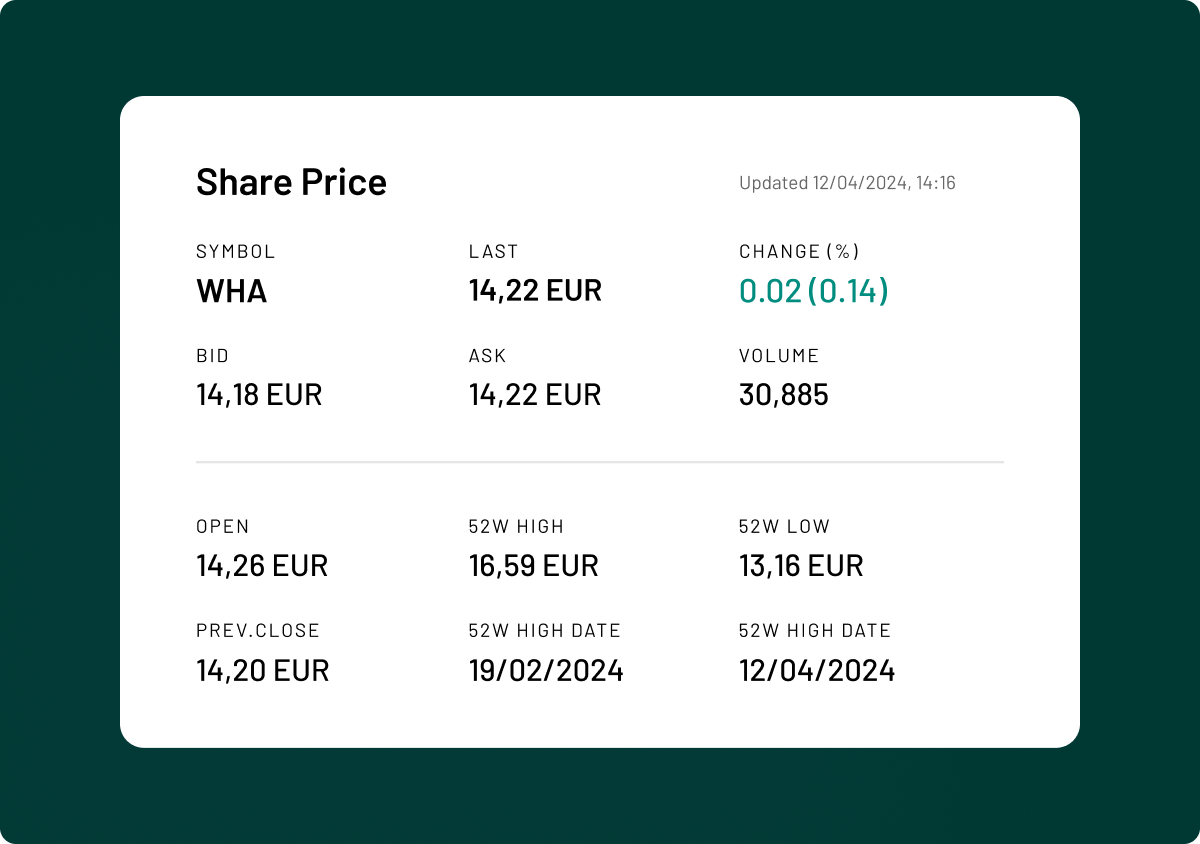


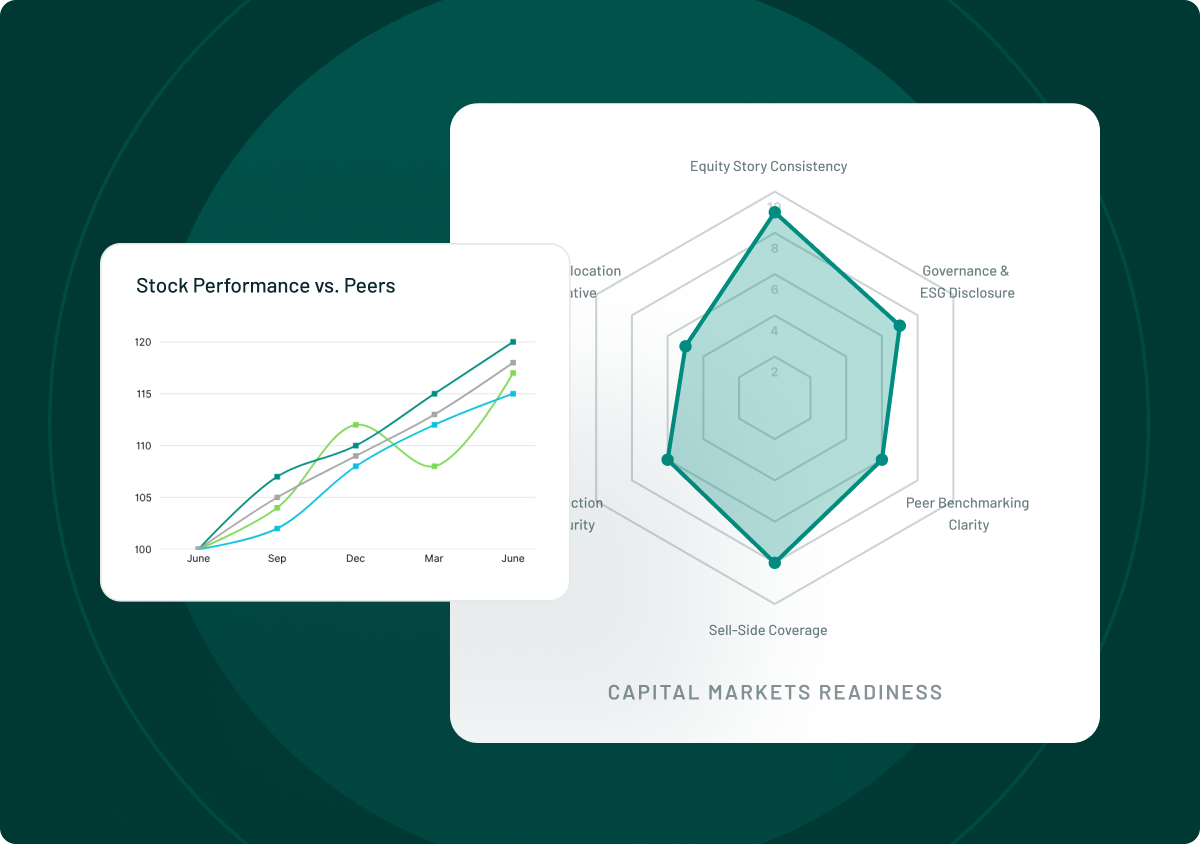
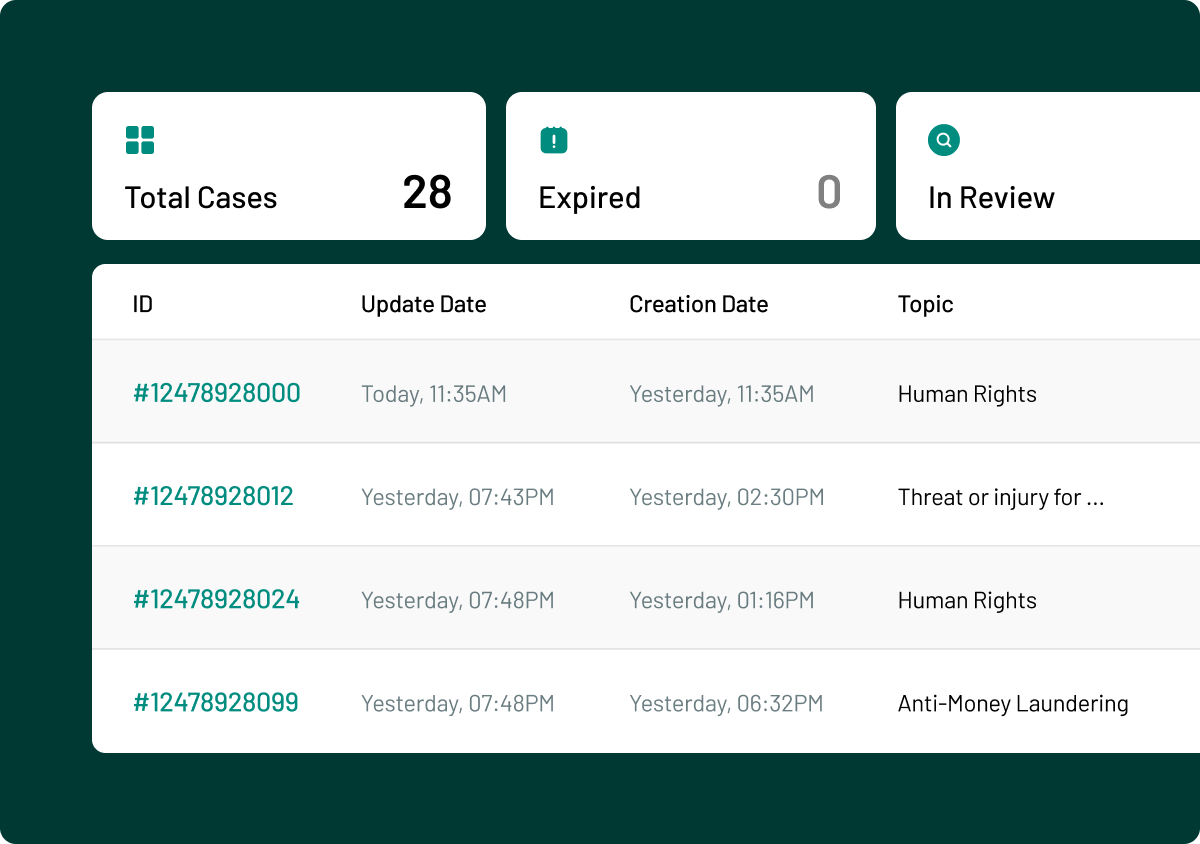
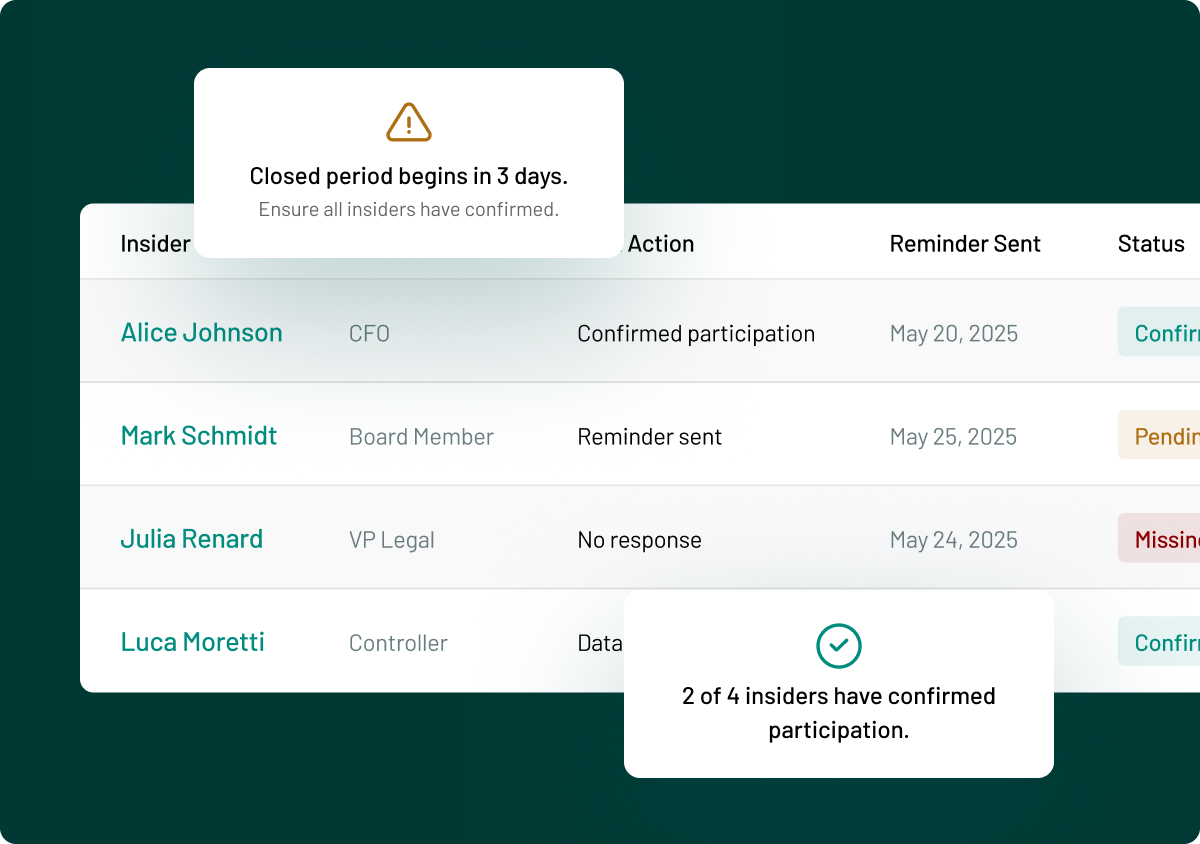
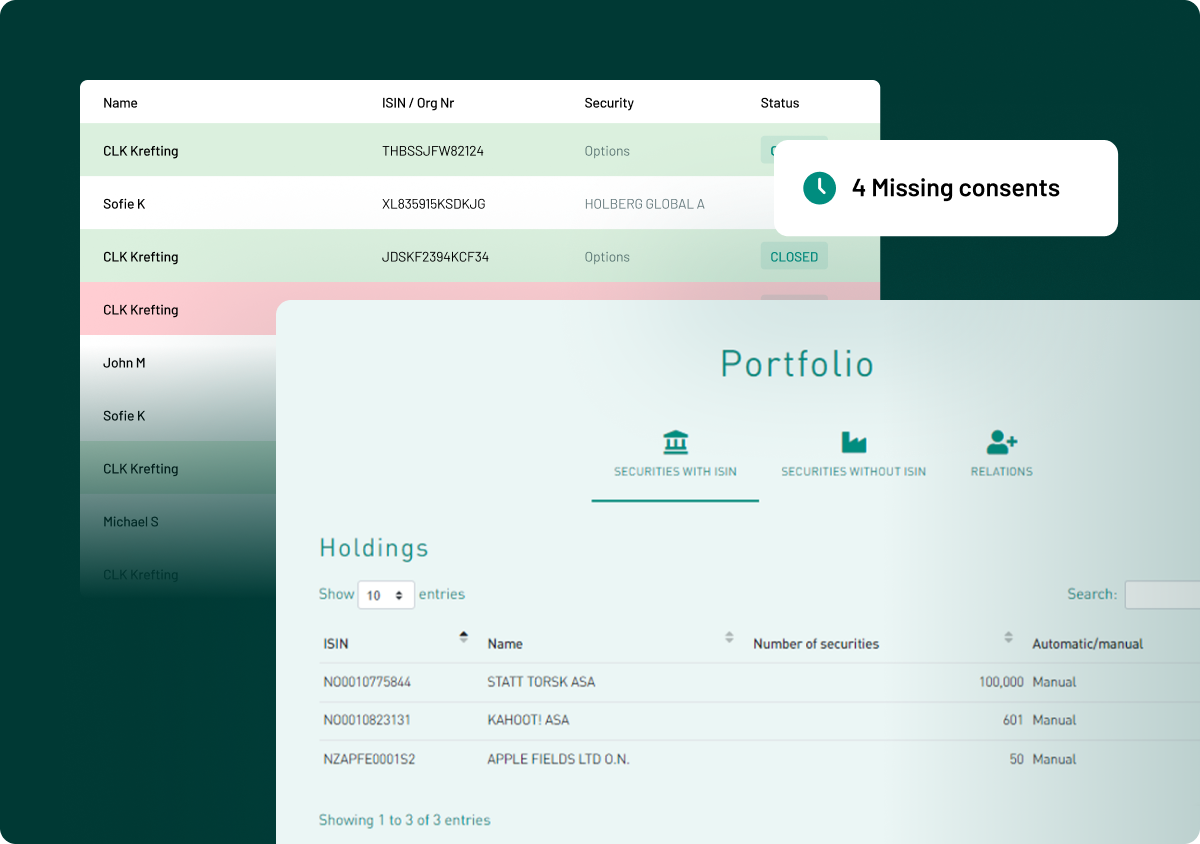
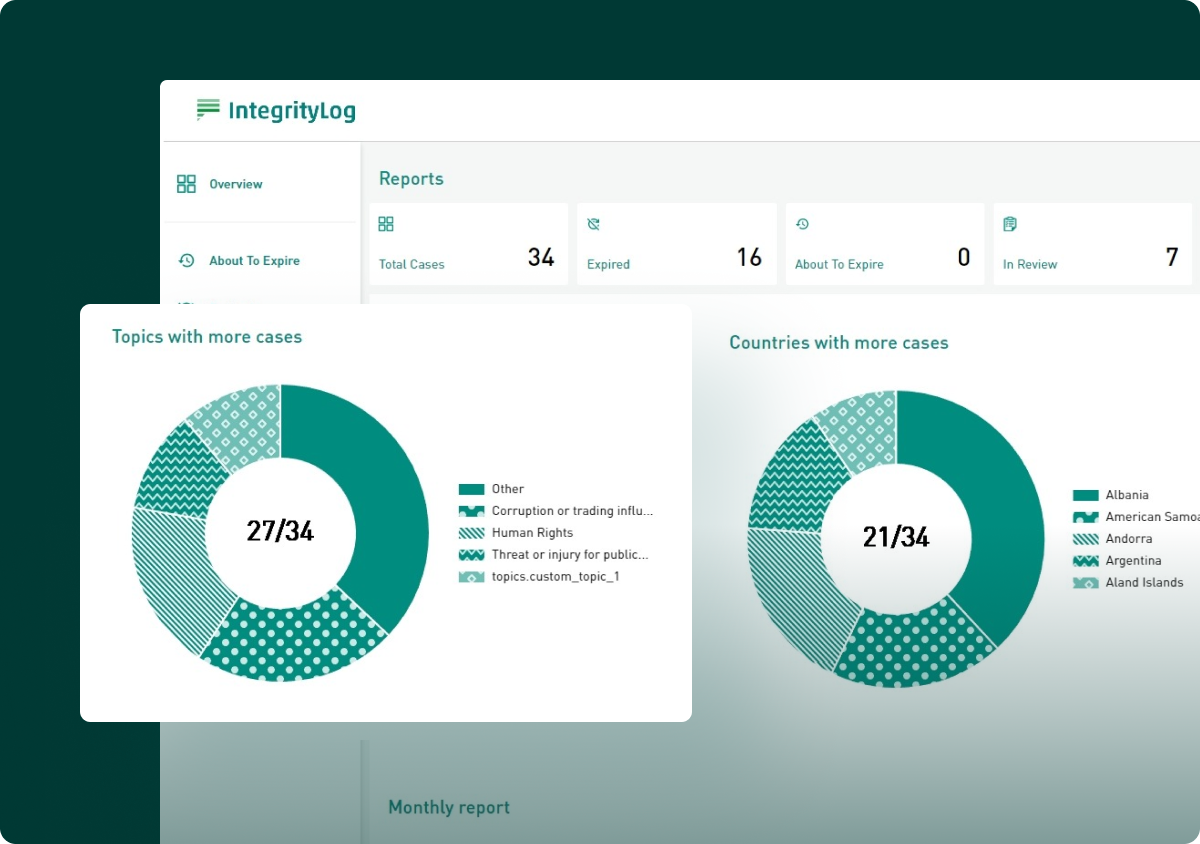

.png)
.png)




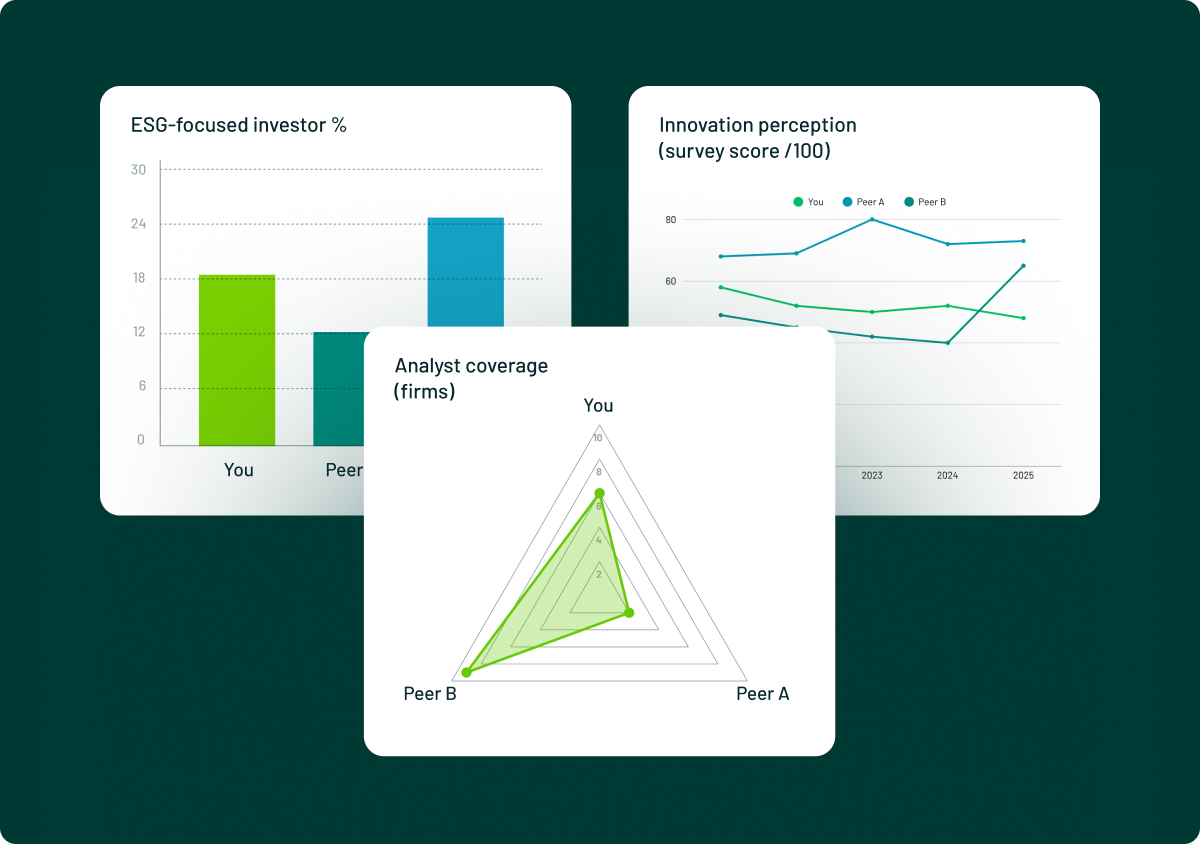

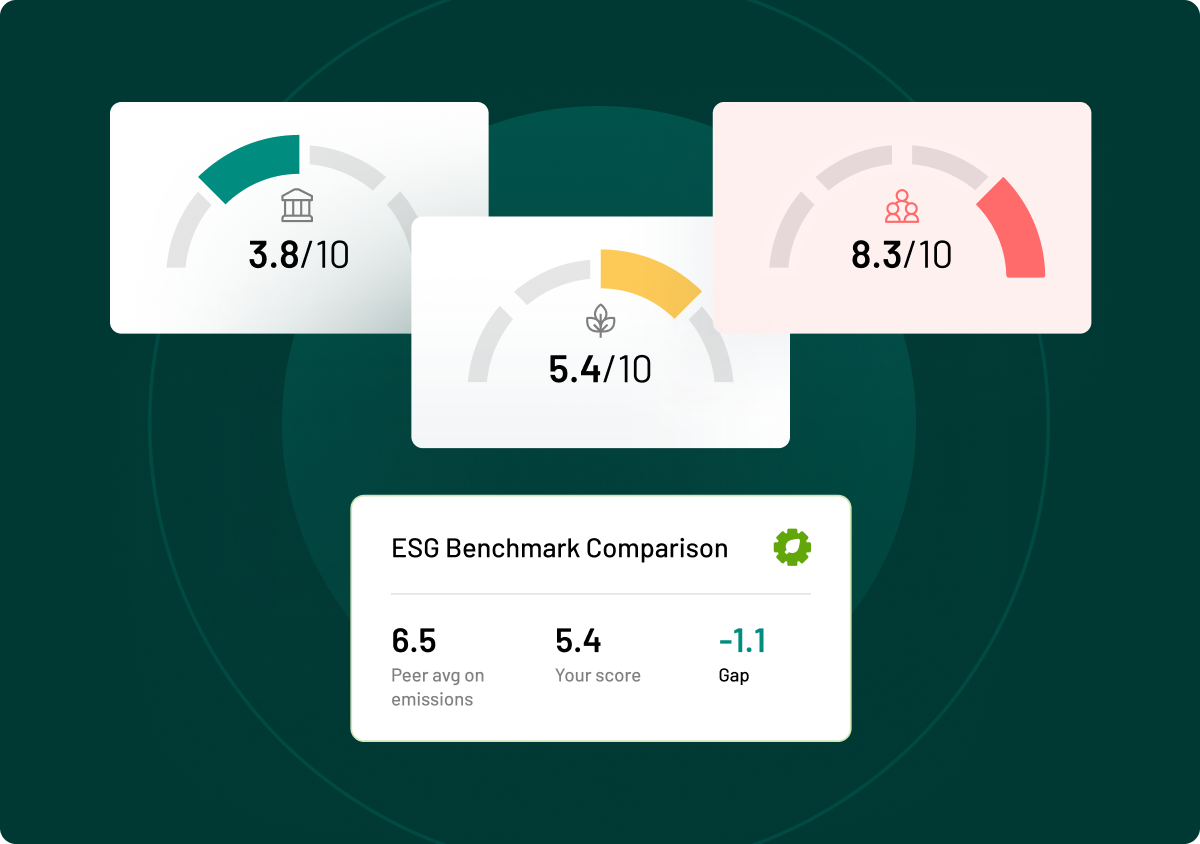





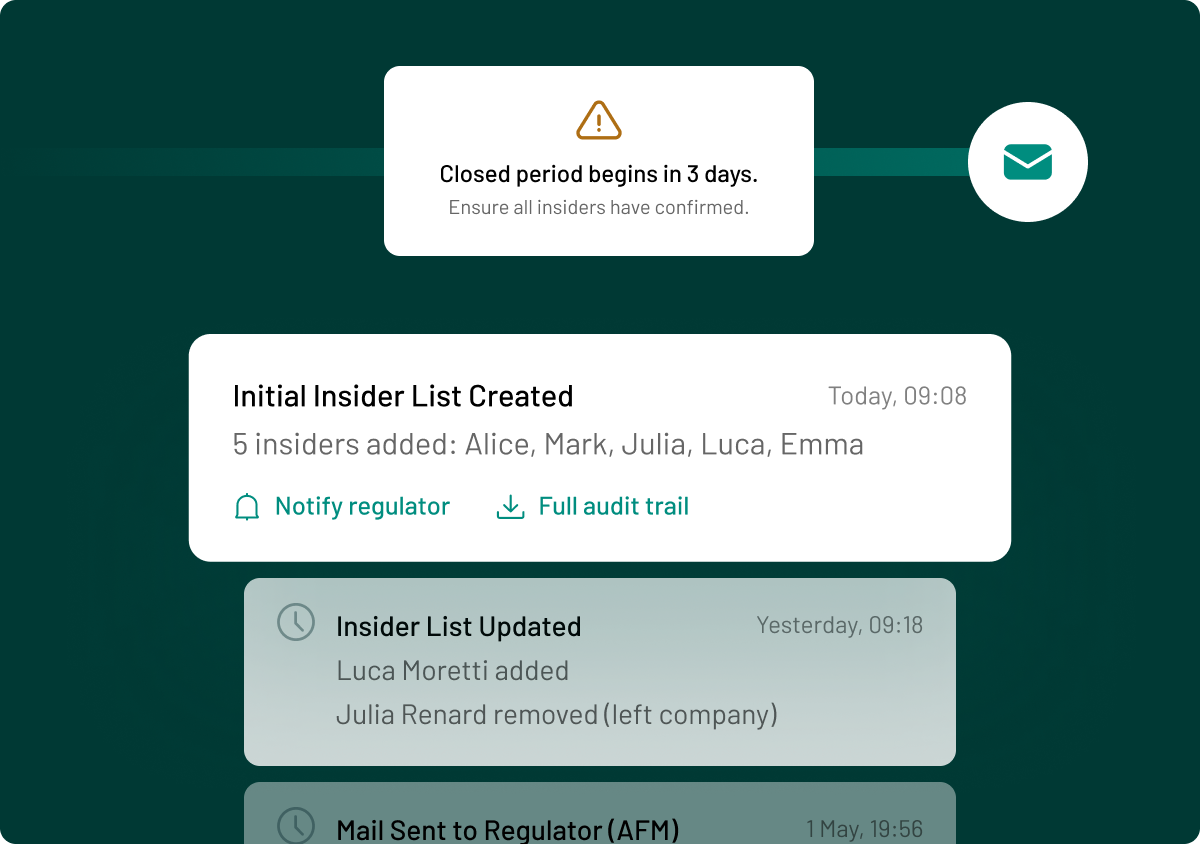
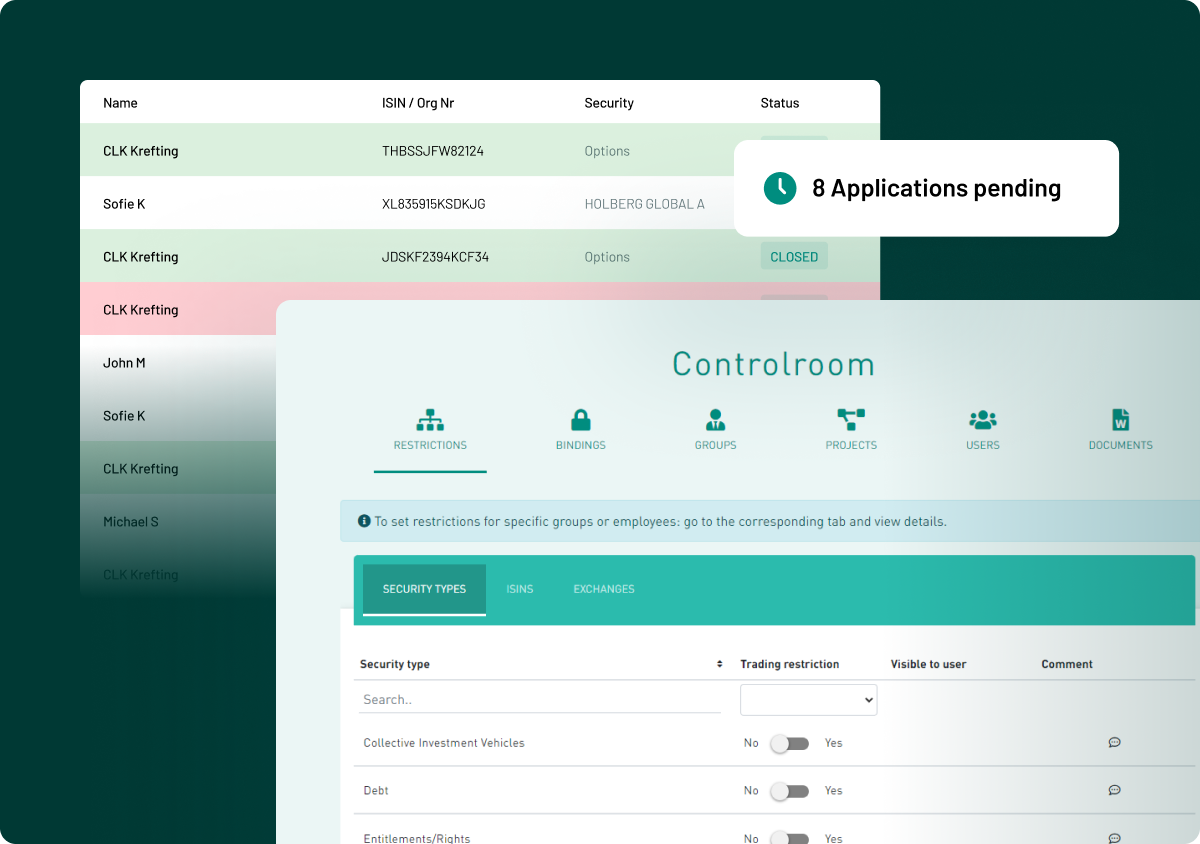
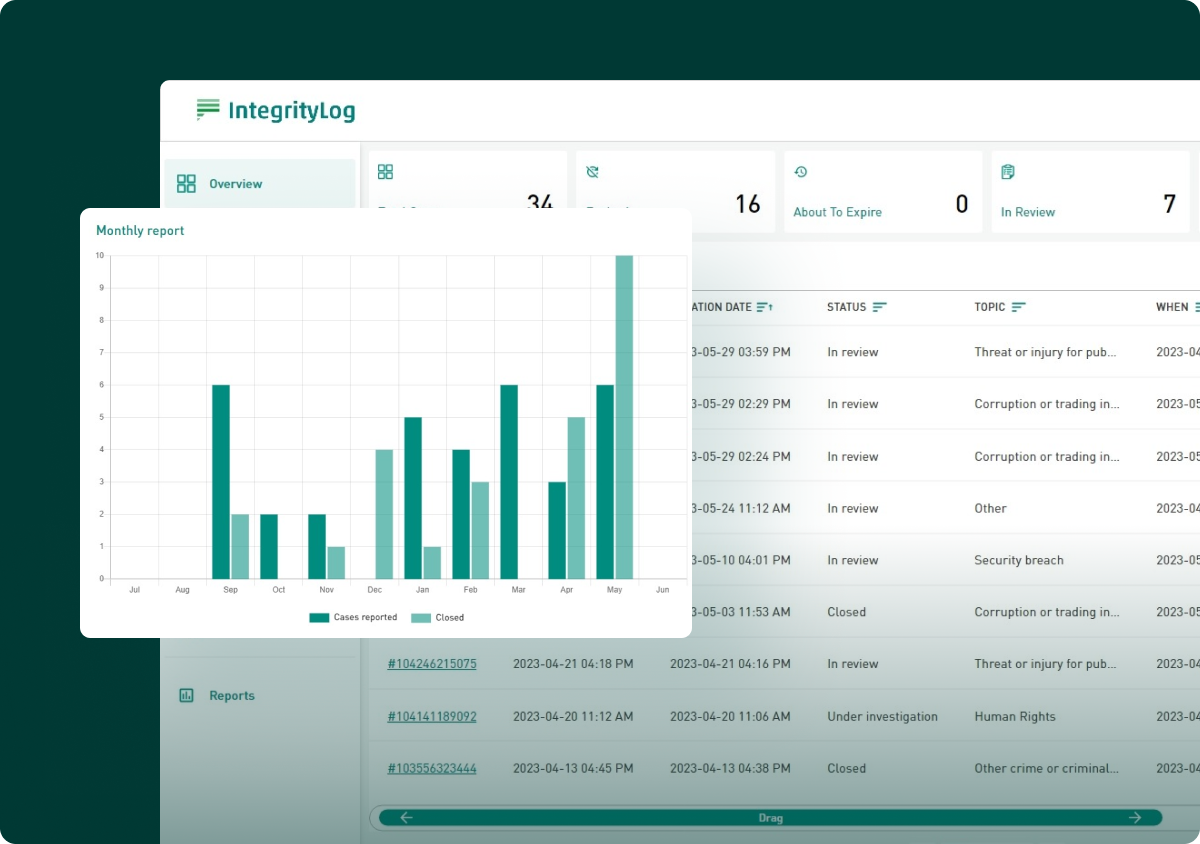
.png)
.png)






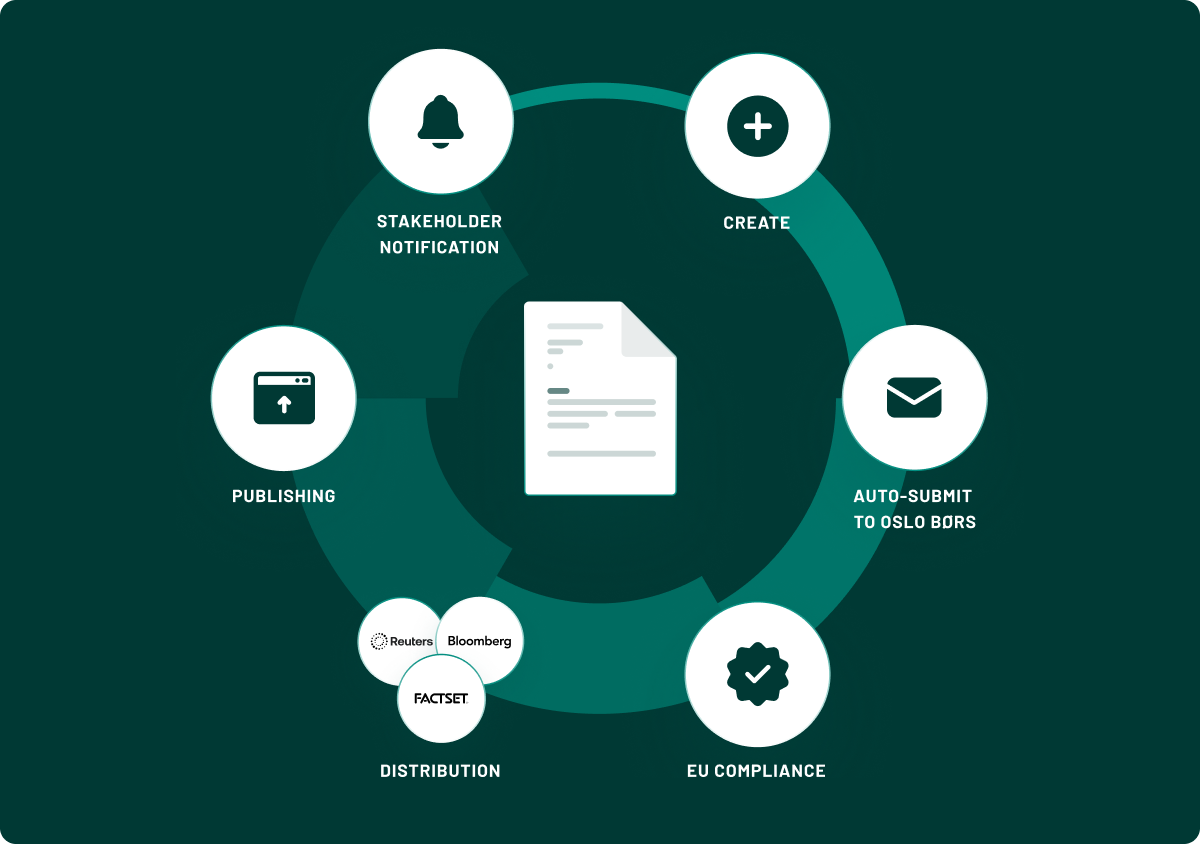









.webp)




